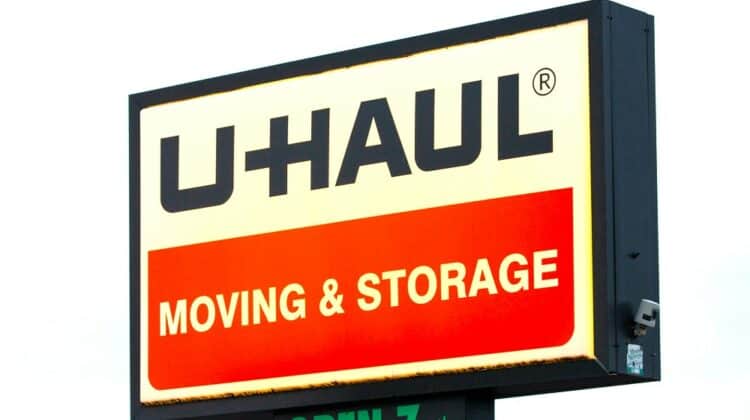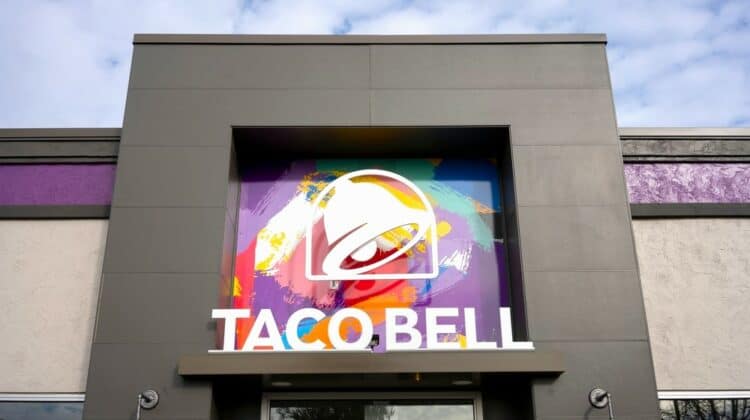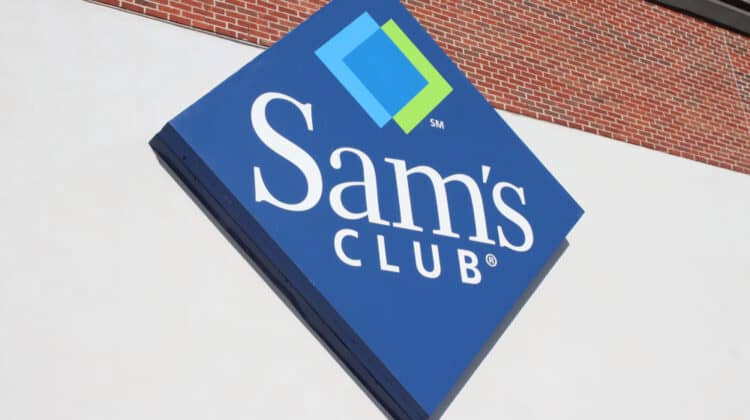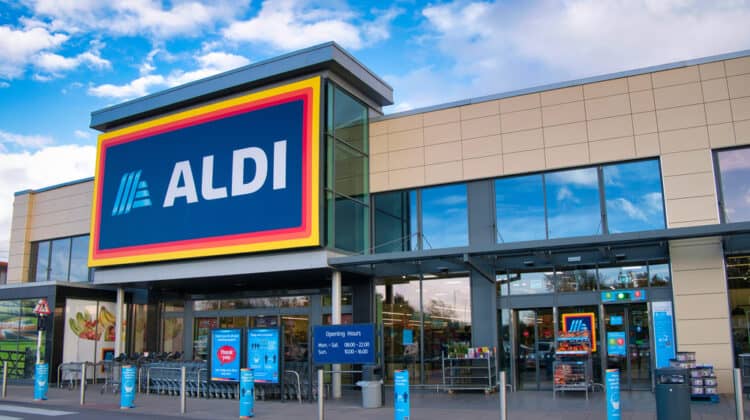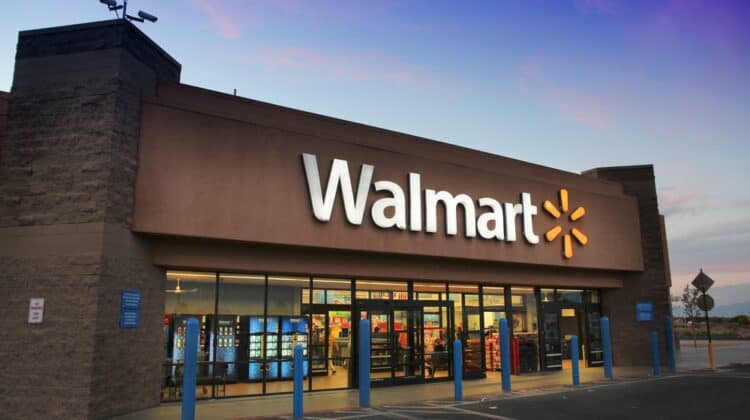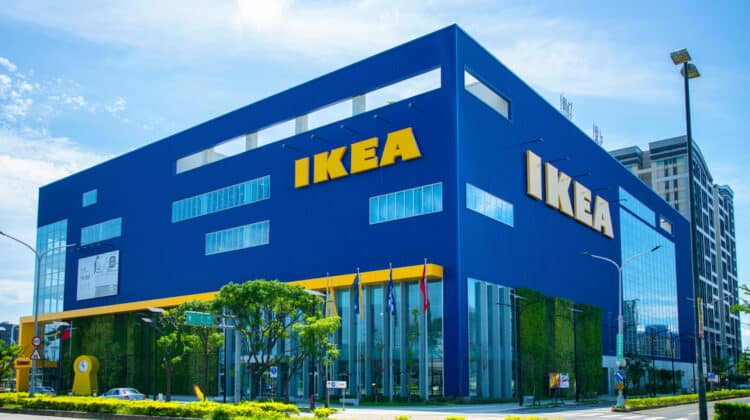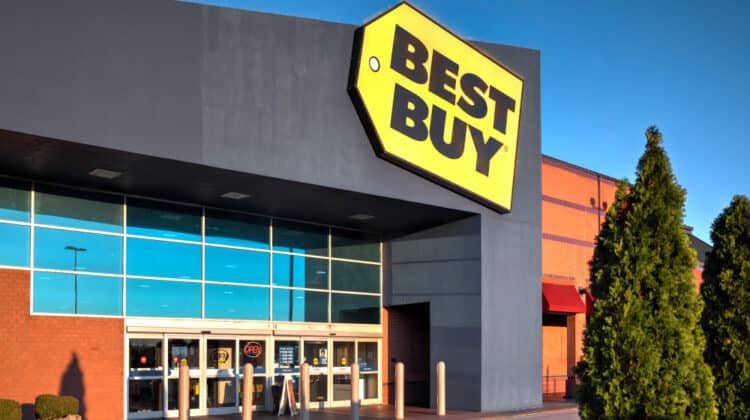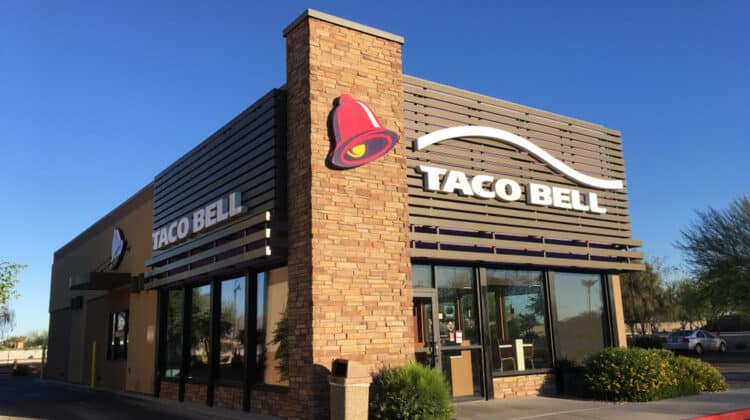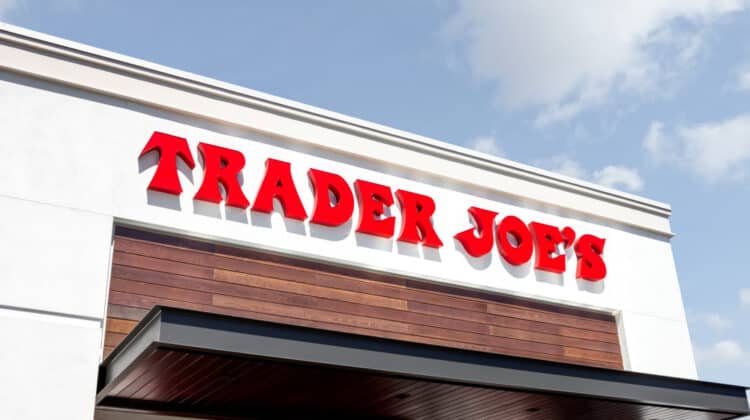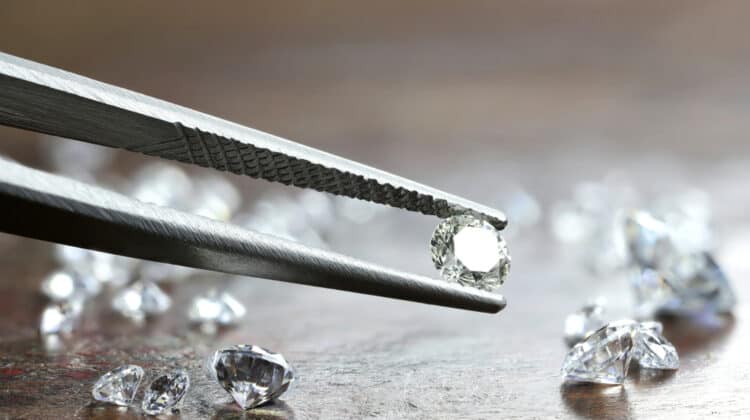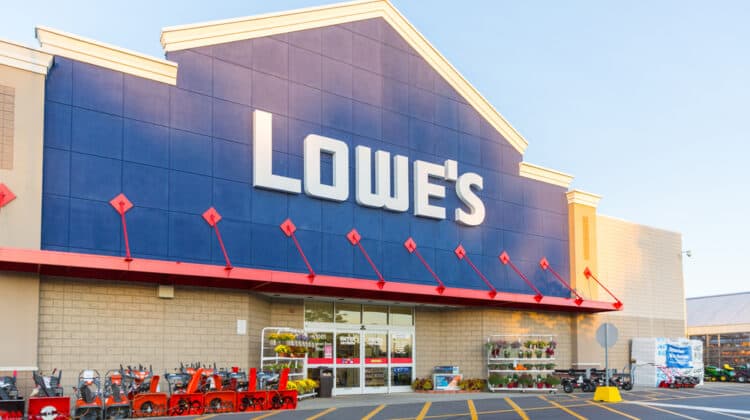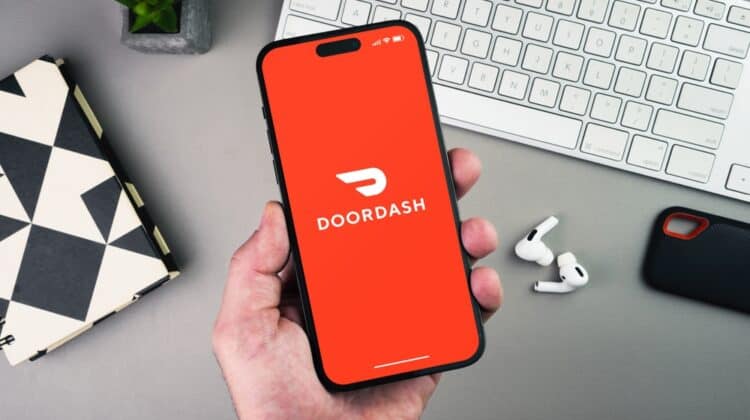
Getting a new computer is one of the most exhilarating experiences in the world.
You may be able to connect the computers to a network and transfer your files, but doing so requires technical knowledge and gigabit connections on both machines.
What about moving your hard drive?
Can you connect the old hard drive to the new machine?
Let’s find out if that’s possible and whether it comes with any risks.
Can You Move A Hard Drive To Another Computer?

Yes, you can move a hard drive to another computer if the new one supports the drive’s interface and has an empty slot.
If you want to move your data to a new computer, you can copy and paste it once the new computer detects the old drive.
Once the transfer is complete, disconnect the drive and put it back in the old machine.
You can also use this hard disk as your primary drive to load Windows, but the process won’t be smooth.
First, you’ll need to go into the BIOS and designate the hard disk as your boot drive.
If you have Windows 10 or higher on your hard drive, it’ll automatically update and install the drivers required to match the new system.
However, unless the two machines are identical, you’re unlikely to get the old Windows working correctly.
In some cases, Windows won’t boot at all.
However, the most likely scenario is that you’ll have driver issues, ranging from the CPU and chipset to the network port and graphics card.
You can resolve these driver issues by taking one of the following approaches:
- Download and install the appropriate drivers for the new machine (not recommended).
- Install Windows from scratch with the correct drivers. This way, you won’t run into any driver conflicts.
- Use the hard drive as secondary storage and have your computer boot from another drive. You can format the Windows drive on the hard disk to get extra storage space.
Windows may also ask you for a serial number as it activates your installation instance based on your hardware, such as motherboard and CPU.
Depending on your original serial number, you may have to purchase a new key or reactivate your product by contacting Microsoft’s support.
Is It Safe To Move A Hard Drive To Another Computer?

It’s completely safe to move your hard drive to a different computer.
As long as the interfaces match, you won’t risk damaging your hardware.
And barring rare exceptions, your data won’t be affected either.
However, if you use the hard drive to load Windows on the new computer, your operating system may fail to boot or run into driver conflicts.
Windows comes with a database of the most critical drivers, including those for the CPU and chipset.
It automatically tries to locate and install the appropriate drivers by searching through that database or connecting to an online source.
If the search fails, sometimes you can resolve the conflicts by removing the old drivers and installing ones that match the hardware on the new computer.
That said, a fresh installation is always the most reliable solution.
What Happens To The Applications?

Once you move a hard drive from a computer, each application will behave differently—assuming you can get your Windows up and running.
Portable applications that don’t require installation will run smoothly.
Similarly, regular applications, such as your browser and word processor, will probably work the same as before.
GPU-intensive applications and games may detect the change in hardware and run into trouble if the new GPU doesn’t meet the minimum requirements.
However, the most common issue is caused by the fact that partition letters may change when you move your hard drive.
That’s especially the case if you have more than one storage device on your new computer.
Some applications run into trouble in this situation because they can’t find files in their expected locations.
For example, a game expects to find your saved game data in drive D.
However, since the letter was taken, Windows assigned the letter F to the partition.
Now, the game can’t find its required files, and therefore, it can’t run.
Resolving these issues isn’t as simple as reassigning the partition letters since you’ll also have to tinker with the Windows registry.
If you have the time and patience, you locate all the keys corresponding to all the applications and modify their values to match the new setup.
However, the more efficient approach is to reinstall your Windows and applications.
Turn Your Hard Drive Into An External USB Disk

If you don’t plan on using your old system once you’ve transferred your files, you can turn your hard drive into an external USB disk.
Doing so has multiple benefits:
- You get a portable storage device that can connect to any computer.
- You don’t have to pay too much since you already own the most expensive component of an external hard drive—the disk.
- You won’t have to sell your hard drive to a stranger, and you won’t risk your data being recovered.
1. Components

An external hard drive consists of a disk and a circuit placed inside an enclosure.
Since you already have the disk, we’ll focus on the other two components.
A. Circuit
The circuit has to provide power to the disk and transfer data by converting the SATA interface into a USB.
Luckily, USB ports provide 5V power, enough to power SATA drives.
Moreover, the transfer rate of USB 3.0 exceeds SATA 2.0, so your external drive won’t feel slow if you opt for a USB 3.0 connection.
USB 2.0 will be significantly slower, but it’s cheaper.
B. Enclosure
The enclosure is just a box that houses your hard drive.
Hard drives come in two standard sizes: 2.5 inches and 3.5 inches.
You’ll need to buy an enclosure that matches the size of your hard drive.
Note: You can turn any SATA drive into an external drive regardless of its technology.
2.5-inch SSDs use the same interface and give you similar results.
2. Setup Process

If you enjoy working with electronics, you can buy the circuit and enclosure separately and attach them yourself.
However, many enclosures in the market come preassembled with the circuitry to provide power and transfer data.
All you need to do is slide the drive into the enclosure and seal it.
Then connect the new external drive to your computer using the USB cable that came with the enclosure.
Once your external drive is plugged in, follow these steps to prepare it for use:
- Type in Disk Management in your Start Menu.
- Click on Create and format hard disk partitions.
- Locate your new drive from the list at the bottom of the page. It should be in black.
- Right-click on the disk and select New simple volume.
- Move through the wizard steps to set the size and format of the new partition. We recommend allocating the entire free space to a single NTFS partition.
- You can set the Volume label to your preferred name for the drive.
- Once the wizard is complete, and the partition turns blue in the disk management utility, access it from This PC and copy a large file to test the functionality.
Note: You can’t expect to reach the limits of SATA or USB 3.0 in terms of data transfer rate because the conversion step requires processing and slows down the transfer.
Moreover, the internal disk’s rotation speed and age affect how quickly it can read and write data.
How To Transfer Data From Your Old Computer

When you get a new computer, we recommend installing Windows from scratch.
Doing so allows the operating system to configure itself to the specific hardware installed on your PC.
The same goes for your games and applications.
Installing them will take a while, but you’ll be sure that you won’t constantly run into weird issues and crashes.
That said, you can easily transfer your files, such as documents, music, videos, and pictures, to your new PC.
You have multiple options, which we’ll briefly introduce below:
1. Cloud Storage
You can upload your files to Google Drive or Dropbox from your old machine if you have high-speed, low-cost internet access.
Then hop on to the new machine and download them.
This solution has the added benefit of keeping a copy of your files on the cloud, allowing you to access them from anywhere.
Plus, if your hard drives ever run into issues, you won’t have to worry about losing your data.
2. External Drive
A thumb or external drive is useful if you have a few gigabytes of data to move.
However, it becomes impractical if your files exceed 100 GB.
You simply connect the external drive to your old machine, copy the files onto the drive, and disconnect it.
Then connect the drive to your new machine and copy the files from the drive.
The process can become tedious if you use a low-capacity thumb drive multiple times.
However, this solution requires the least amount of technical knowledge.
3. Local Network
If you have a router with two RJ45 ports and two network cables, you can create a local network and allow your machines to share files.
You can also use WiFi if your computers support it, but Ethernet is usually more reliable and faster for file transfers.
Network sharing is a convenient solution for small file transfers.
Also, once you set it up, you can keep using it as long the computers are on the same network.
Once you have both machines connected to the same router, follow the instructions in this video:
4. Moving Your Hard Drive
Attaching your old hard drive to your new PC is only good if you know your way around computer hardware.
However, if you know what to do, it’s probably the fastest and most hassle-free approach to moving your files, especially if you want to move a few hundred gigabytes.
Before starting, turn off both machines and ground yourself using an antistatic strap.
Then follow these instructions:
- Open the old case and disconnect the cables from the old drive.
- Open the new case and connect the old drive to the motherboard. If you don’t have a spare SATA cable, remove the one from the old drive.
- Turn on the new PC and go into the BIOS settings before Windows loads.
- Make sure the old hard drive isn’t set as your boot device.
- Save the settings and exit.
- Once Windows loads, copy and paste the files you need.
Frequently Asked Questions

1. Can I Move A Hard Drive With Windows 10 To Another Computer?
Moving Windows 10 to another computer requires reactivating the license, assuming your new computer has similar hardware and can run the same instance of Windows.
If you have an OEM license, you’ll need to repurchase the license for your new computer, as OEM licenses are tied to the hardware.
Otherwise, you may be able to re-enter the same serial number or contact Microsoft’s support if you need any help.
2. How Do I Transfer My Hard Drive To A New Laptop?
If your new laptop is identical to your old one, you can simply swap the hard drives.
Otherwise, you’ll have to copy your files to an external drive or upload them to the cloud before transferring them to your new laptop.
You’ll also have to install Windows and other applications from scratch.
3. Can I Swap Hard Drives Between Laptops?
You can only swap hard drives between laptops if the machines have identical hardware.
Otherwise, your Windows won’t load, or you’ll run into driver conflicts.
Moreover, you may have to reactivate your Windows or purchase a new license if your old laptop comes with an OEM license.
NEXT: How Does Facebook Suggest Friends? (Explained)

